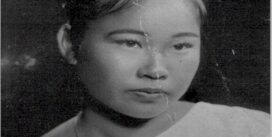LUANG PRABANG: FIRST IMPRESSION

Luang Prabang, a UNESCO World Heritage site in Laos, is often celebrated for its serene beauty, rich cultural heritage, and spiritual significance. However, here are some of the challenges and realities of visiting this historic city in 2024 through casual observations and some additional insights:
Transportation
Getting to Luang Prabang
- Bullet Train: The introduction of the bullet train between Vientiane and Luang Prabang is a significant development, reflecting Laos’ efforts to modernize its infrastructure. However, the contrast between the modern train and the underdeveloped roads leading into the city highlights the uneven progress in infrastructure.
- Road Conditions: The primitive road from the train station to the city center is a reminder of the challenges faced by developing countries in balancing modernization with preserving the character of heritage sites. The dusty, poorly maintained roads can be jarring for travelers expecting a seamless experience.
Tips for Travelers
- Pre-arrange Transfers: Many hotels in Luang Prabang offer pickup services from the train station or airport. This can save you the hassle of navigating the van system or dealing with unclear signage.
- Local Transport: Tuk-tuks and bicycles are popular ways to get around the city. Renting a bicycle can be a pleasant way to explore at your own pace, though be prepared for dusty roads.
Accommodation
Finding Your Hotel
- Luang Prabang’s hotels and guesthouses often adhere to traditional Lao architecture, which can make them look similar. This is part of the city’s charm but can be confusing for first-time visitors.
- Many smaller guesthouses may not have prominent signage, and GPS maps can be unreliable in this area.
Tips for Travelers
- Book in Advance: Choose a hotel with good reviews and clear directions. Many hotels provide detailed instructions for reaching them.
- Use Landmarks: Familiarize yourself with nearby landmarks (e.g., temples, markets) to help navigate the city.
- Ask Locals: Lao people are generally friendly and willing to help, so don’t hesitate to ask for directions.
Update Required
To play the media you will need to either update your browser to a recent version or update your Flash plugin.
Atmosphere and Activities
Daytime in Luang Prabang
- The city’s quiet, laid-back atmosphere is one of its defining features. It’s a place to slow down, reflect, and immerse yourself in the local culture. However, this can also mean limited activities, especially during the hot and dry season (March to May).
- The heat can be intense, making outdoor exploration challenging during midday.
Tourist Attractions and Infrastructure
- The neglect of some attractions and infrastructure is a growing concern. Over-tourism, limited funding for preservation, and the challenges of maintaining a UNESCO World Heritage site in a developing country all contribute to this issue.
- Popular sites like the Royal Palace Museum, Mount Phousi, and Wat Xieng Thong may show signs of wear, but they still hold historical and cultural significance.
Tips for Travelers
- Visit Early or Late: Explore attractions early in the morning or late in the afternoon to avoid the heat and crowds.
- Temples and Spirituality: Luang Prabang is a spiritual center, so take time to visit its many temples and participate in activities like the morning alms-giving ceremony (Tak Bat). Be respectful of local customs and dress modestly.
- Nature Excursions: If the city feels too quiet, consider day trips to nearby attractions like Kuang Si Falls, Pak Ou Caves, or the Mekong River.
Food
Local Cuisine
- Lao food is flavorful and unique, with dishes like larp (minced meat salad), tam mak hoong (spicy green papaya salad), and khao soi (Lao-style noodle soup). However, the heavy use of herbs, spices, and fermented ingredients can be challenging for some stomachs.
- Street food is abundant and affordable, but hygiene standards may vary.
Tips for Travelers
- Start Slow: If you’re not used to Lao food, start with milder dishes and gradually try more adventurous options.
- Stay Hydrated: The heat and spices can be dehydrating, so drink plenty of bottled water.
- Carry Medication: Bring stomach remedies like antacids or anti-diarrheal medication, just in case.
- Choose Reputable Restaurants: For a safer dining experience, opt for well-reviewed restaurants or cafes that cater to tourists.
Cultural and Historical Context
Luang Prabang’s Heritage
- Luang Prabang was the royal capital of Laos until 1975 and remains a center of Buddhist culture. Its blend of traditional Lao architecture and French colonial influences makes it unique.
- The city’s UNESCO status has helped preserve its cultural heritage, but it has also led to challenges like over-tourism and commercialization.
Challenges of Preservation
- Maintaining a balance between tourism and preservation is difficult. The influx of tourists brings economic benefits but also strains infrastructure and risks degrading
Luang Prabang remains a unique destination, but like many heritage sites, it requires careful management to preserve its charm while accommodating modern tourism. Our experience serves as a reminder that even the most celebrated destinations have their flaws and challenges.
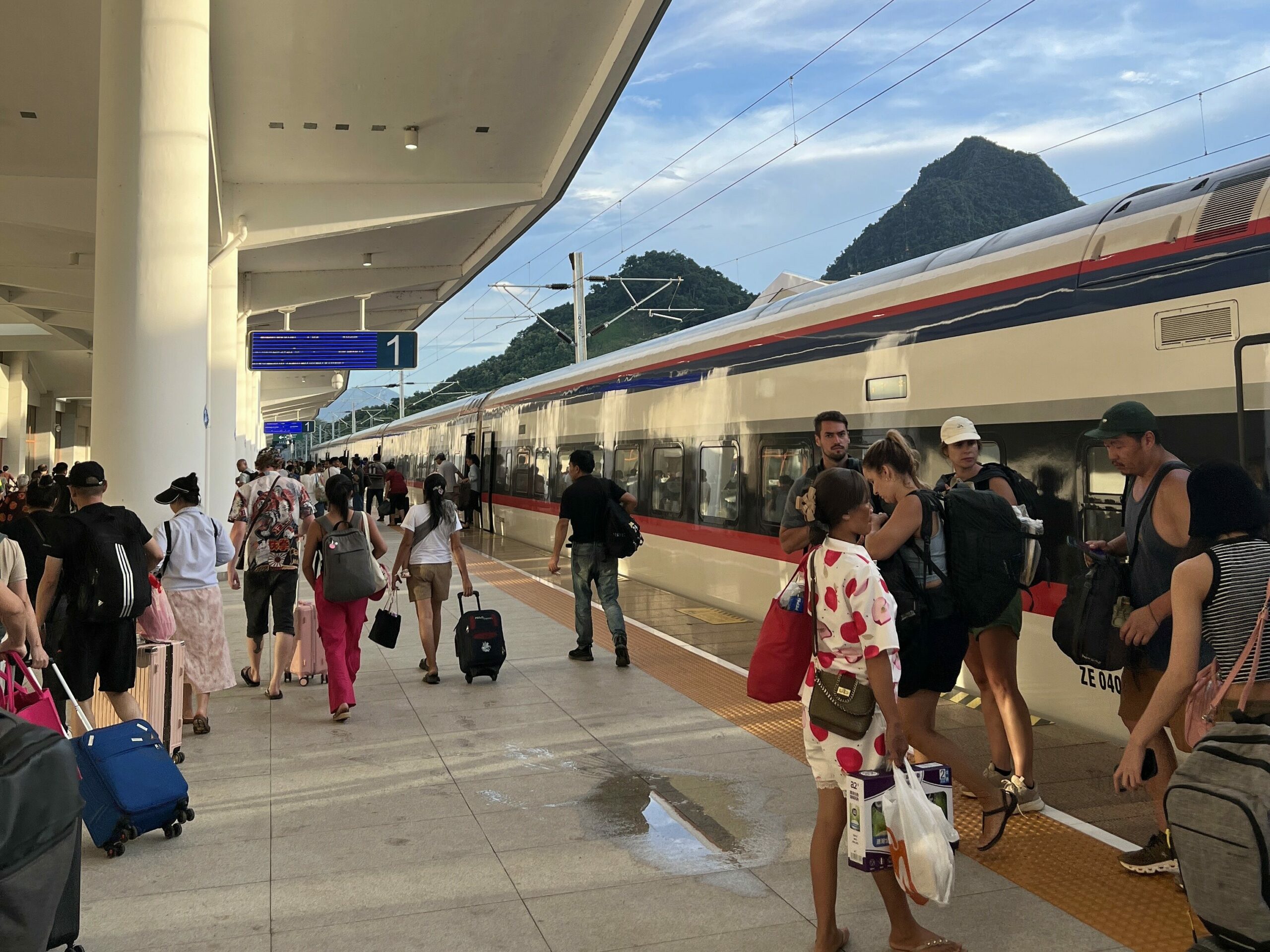
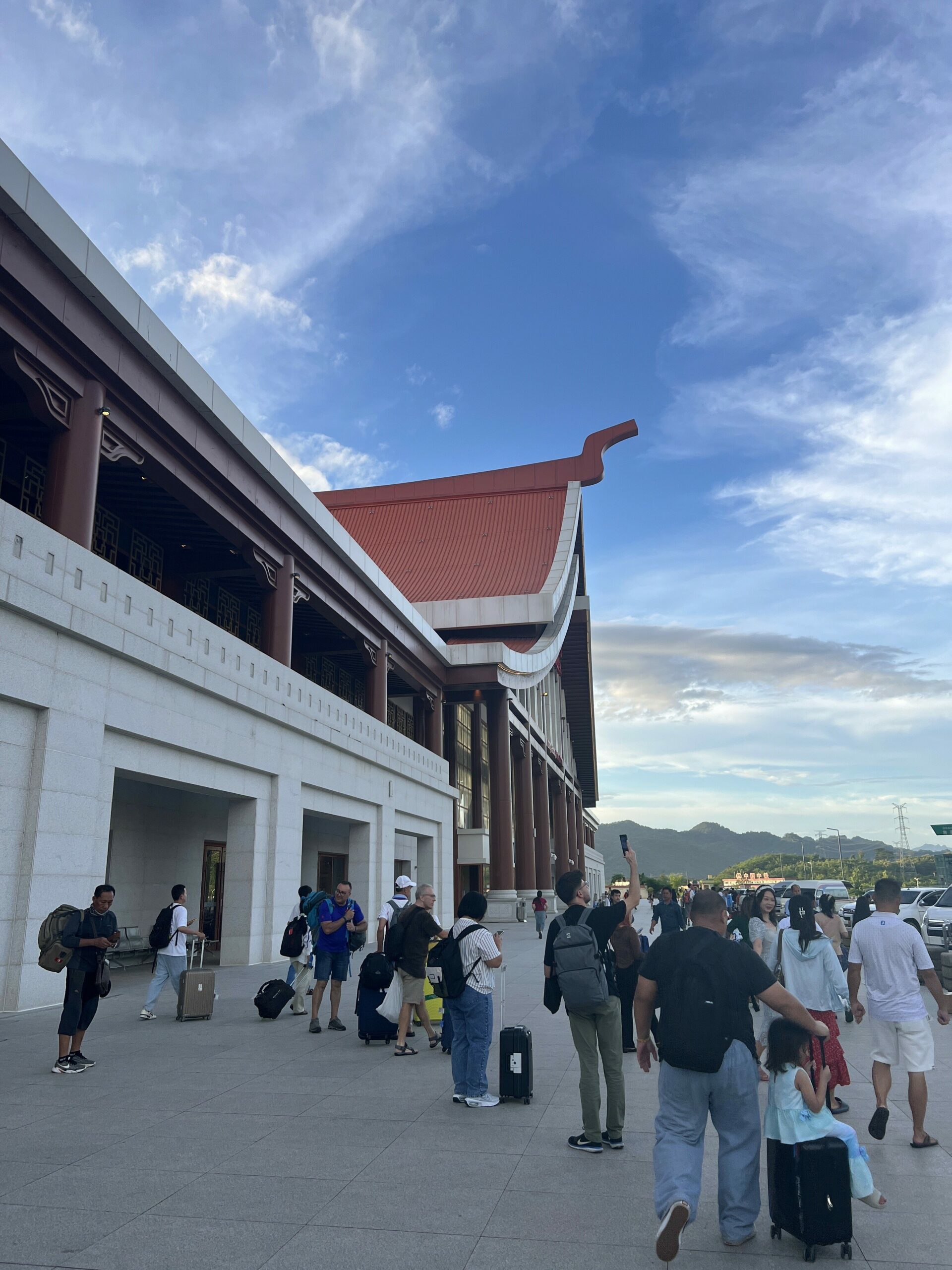

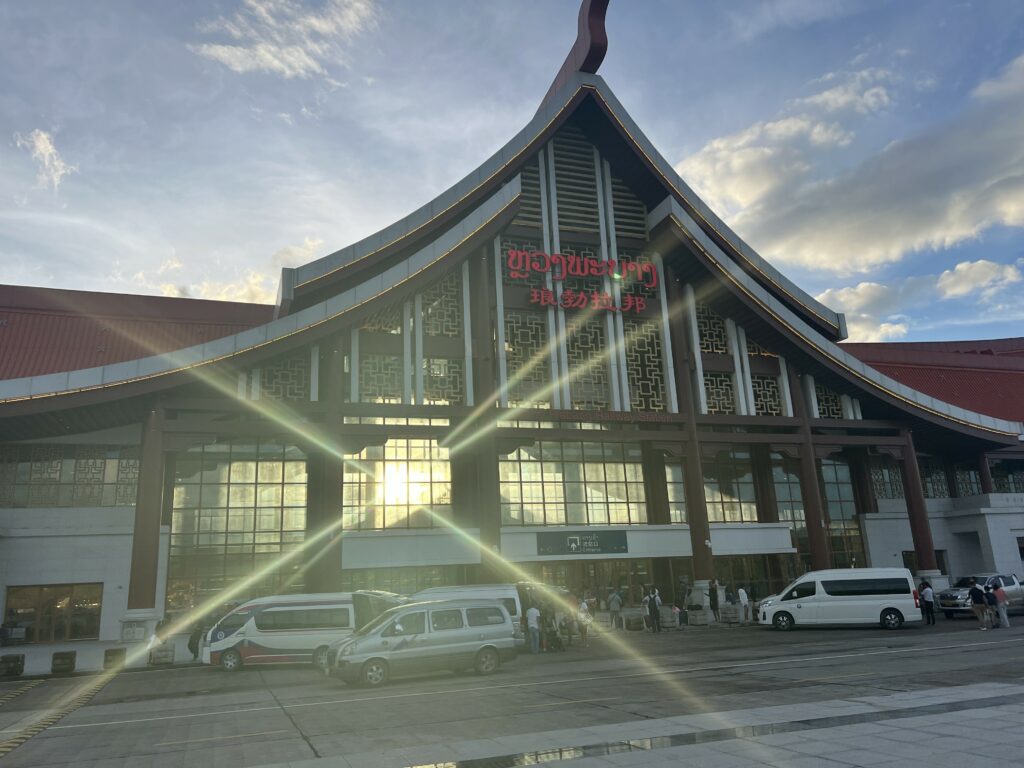
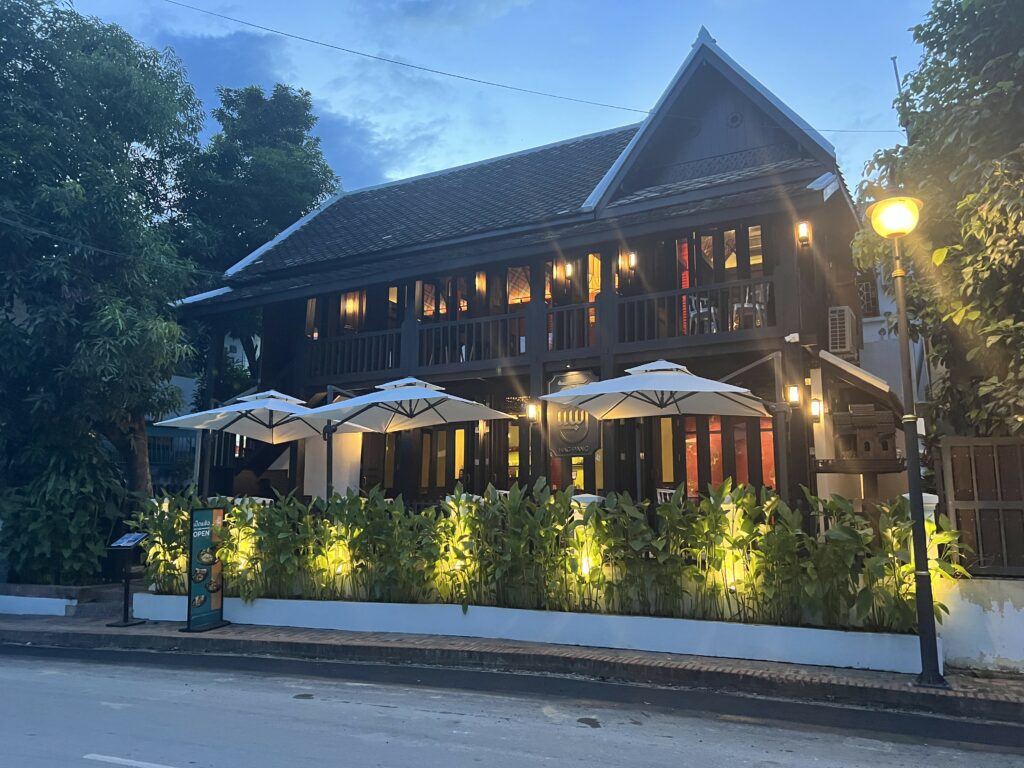
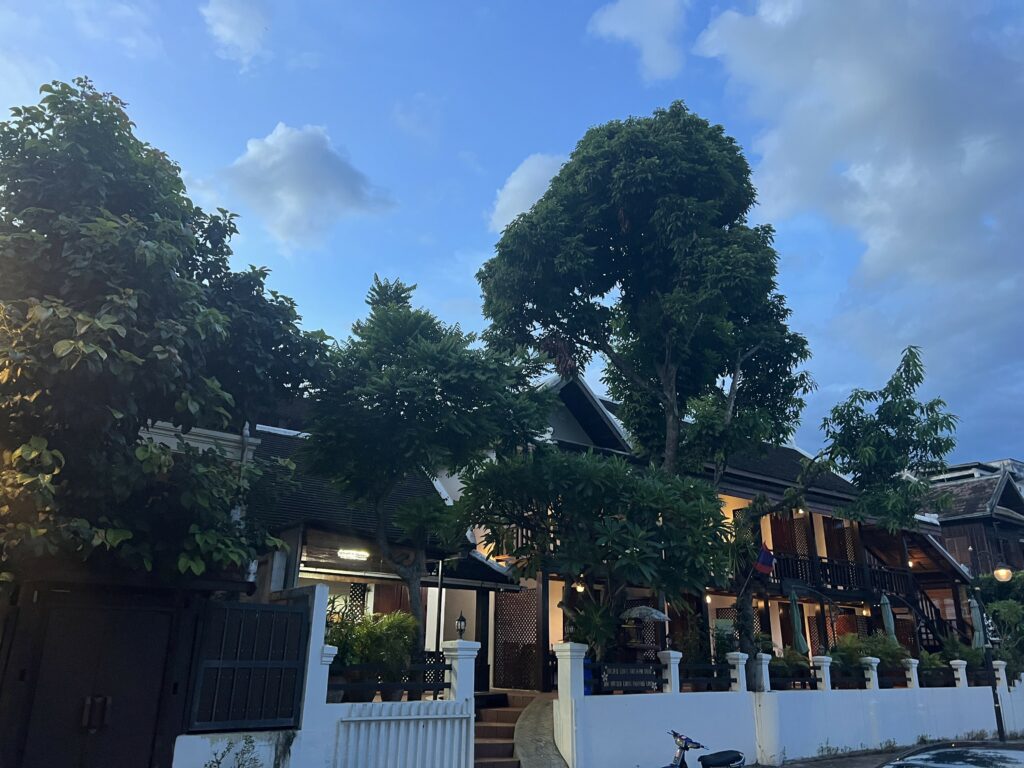
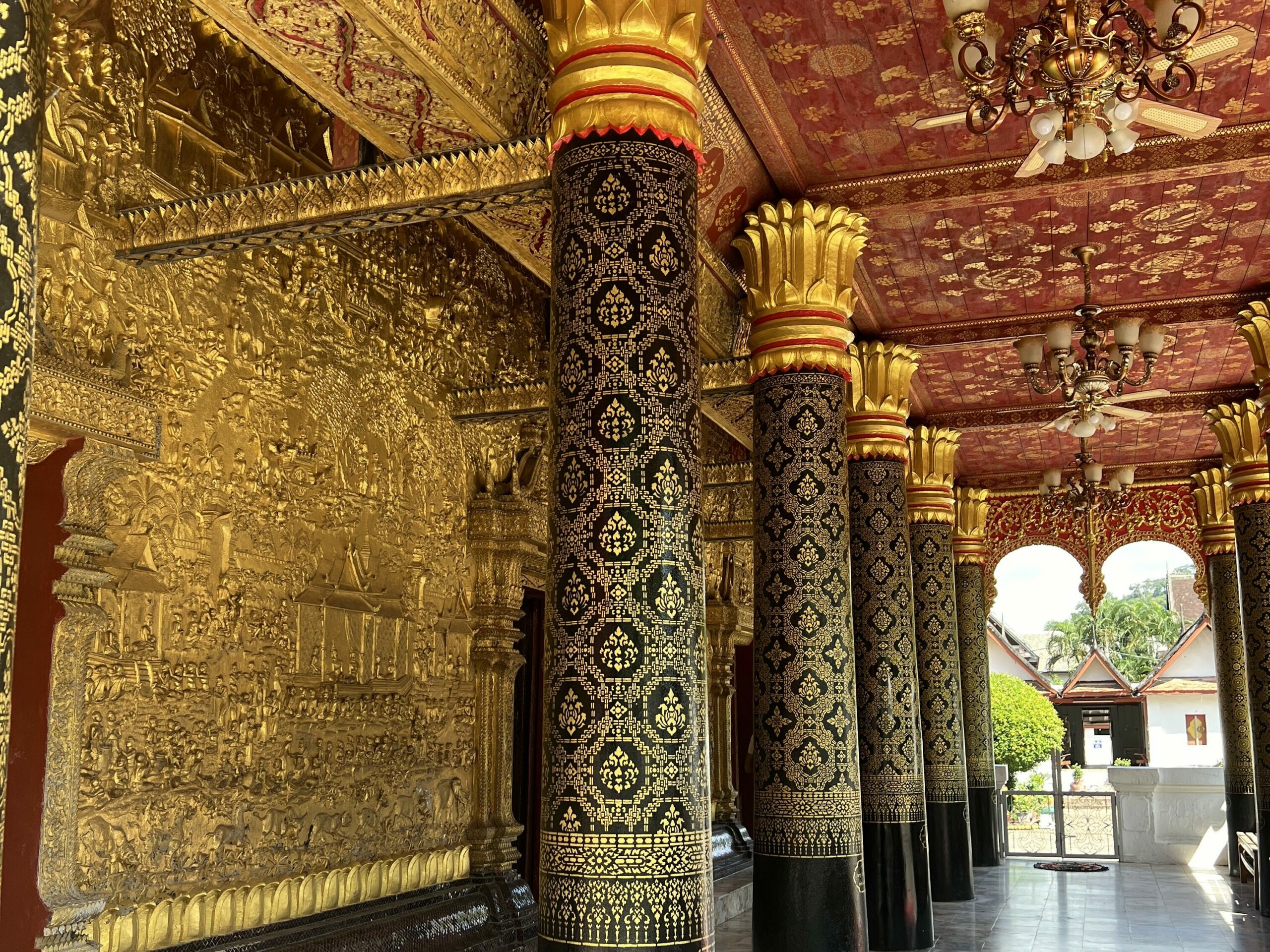
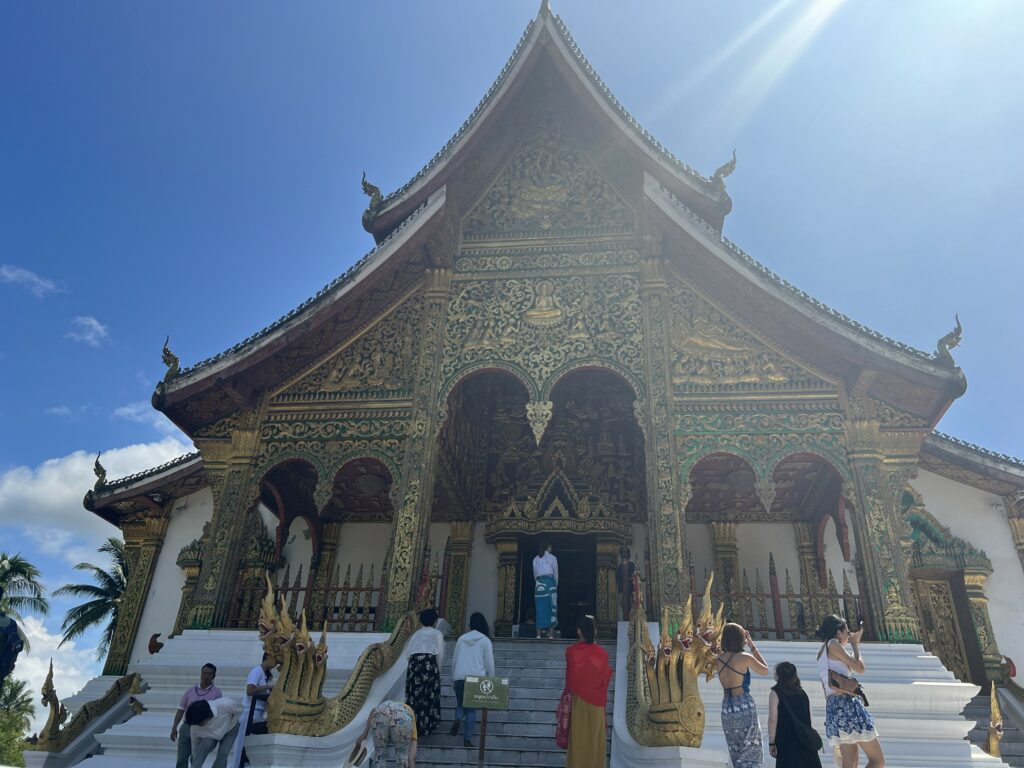
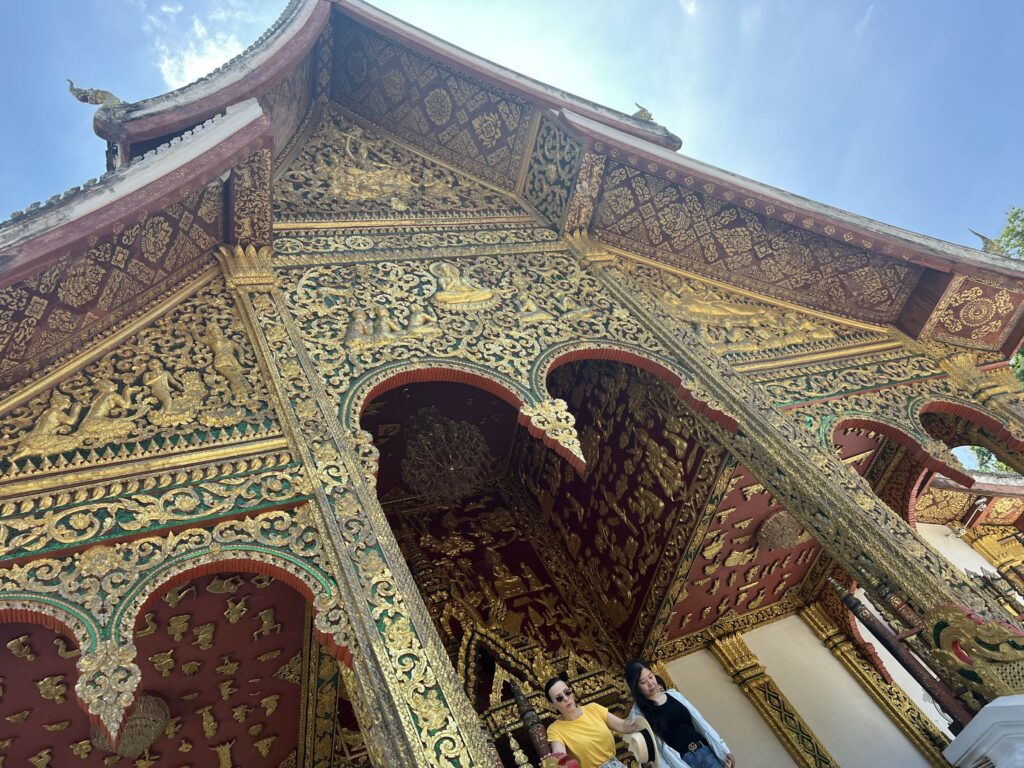
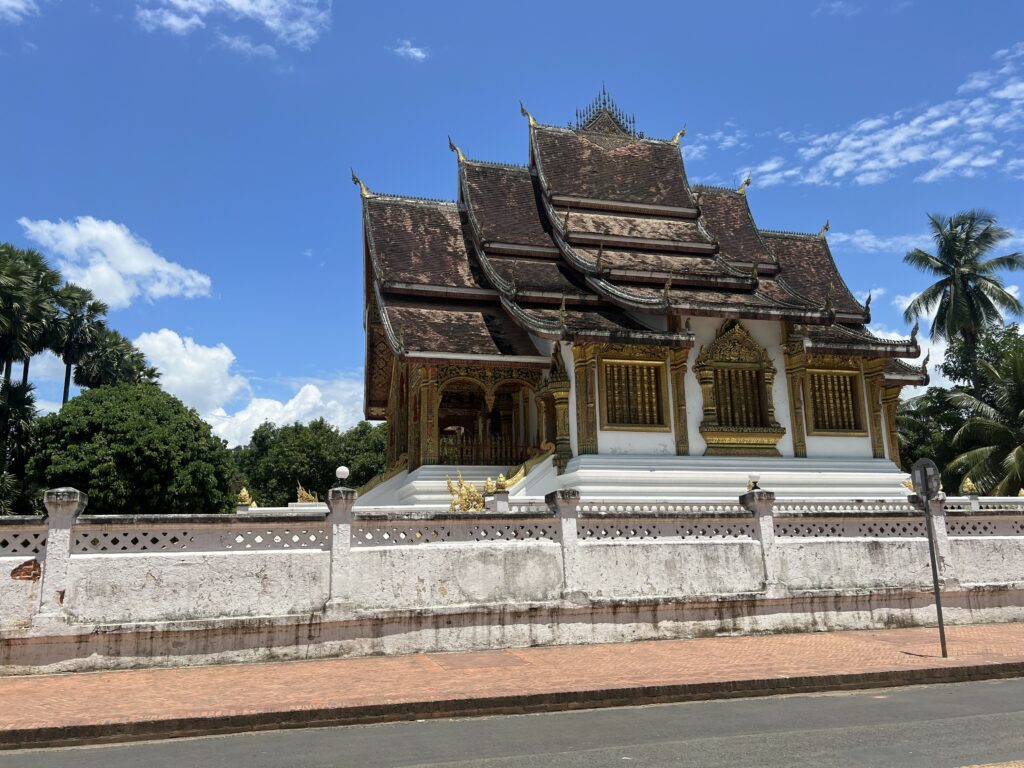
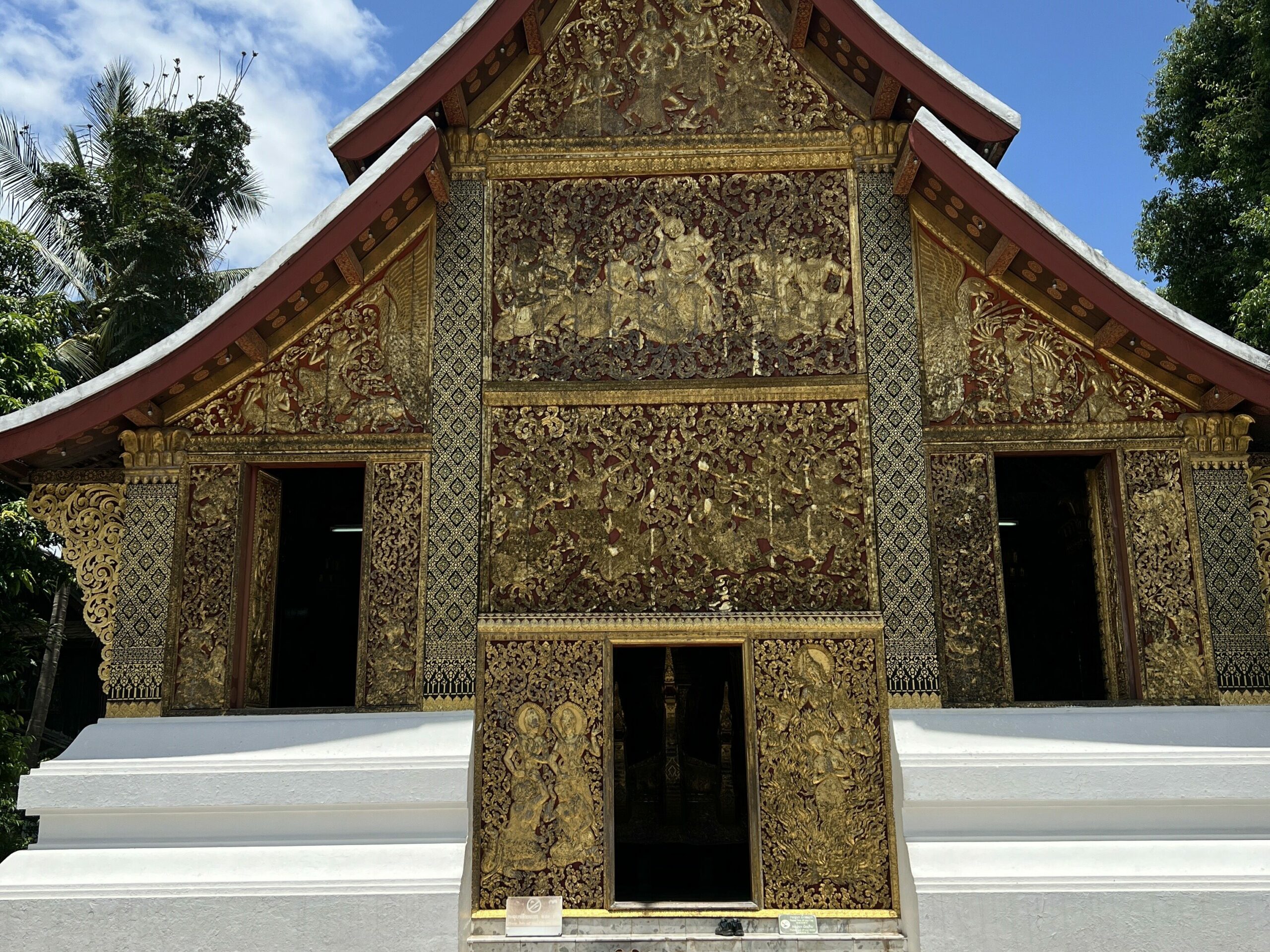
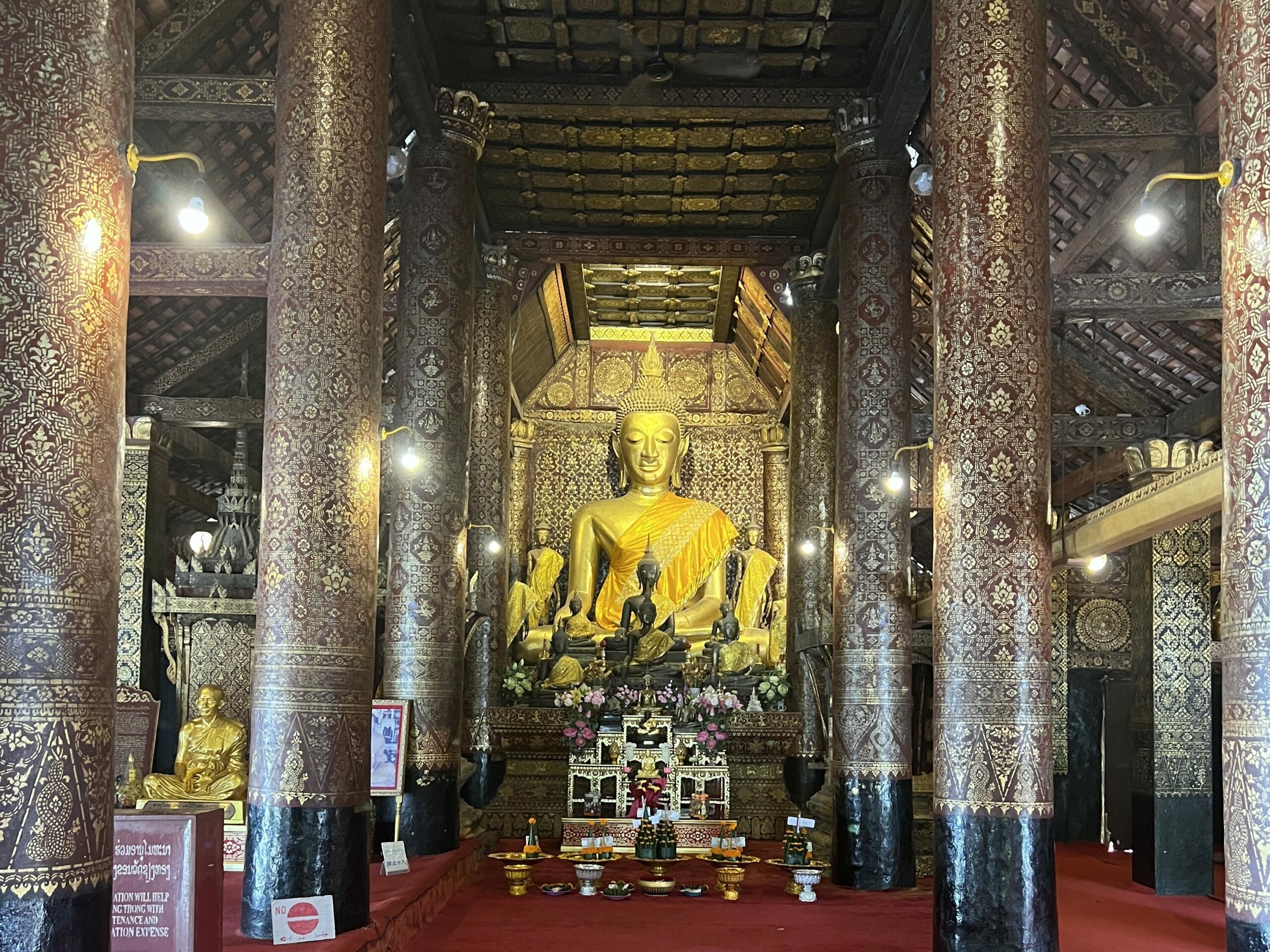
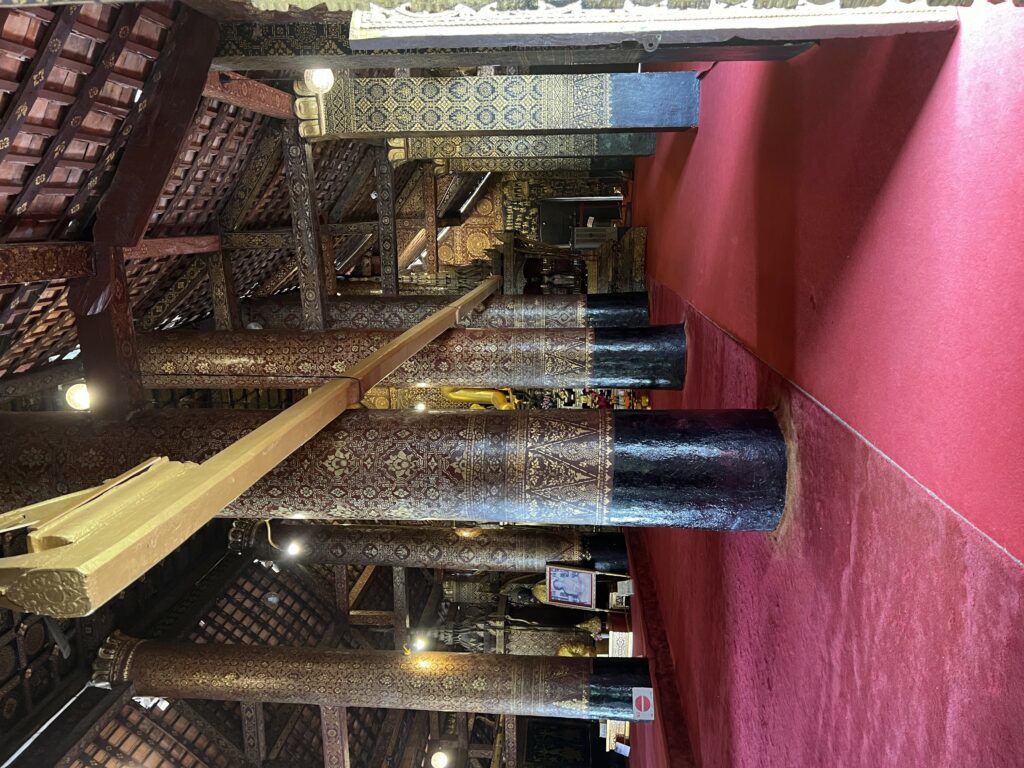
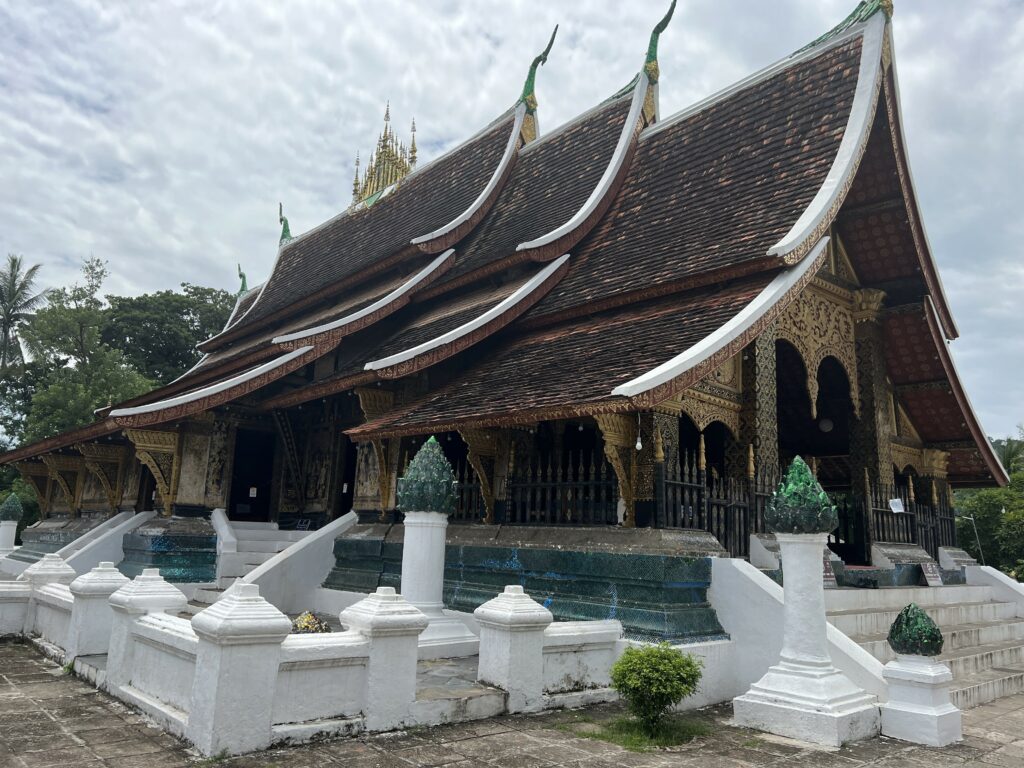
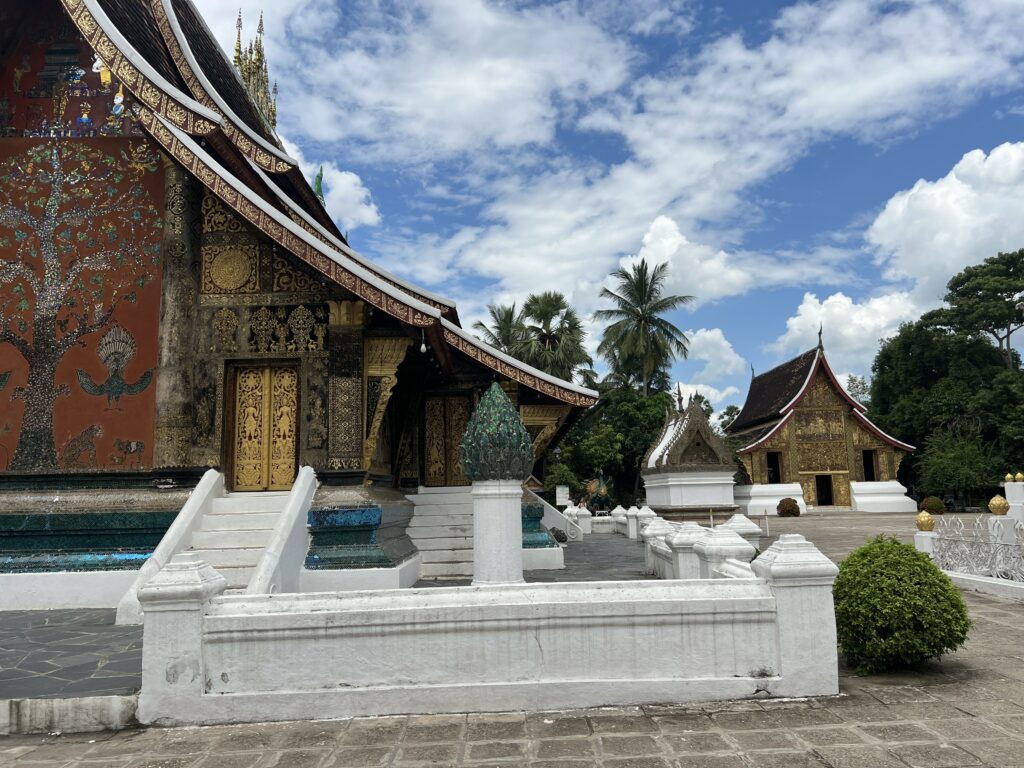
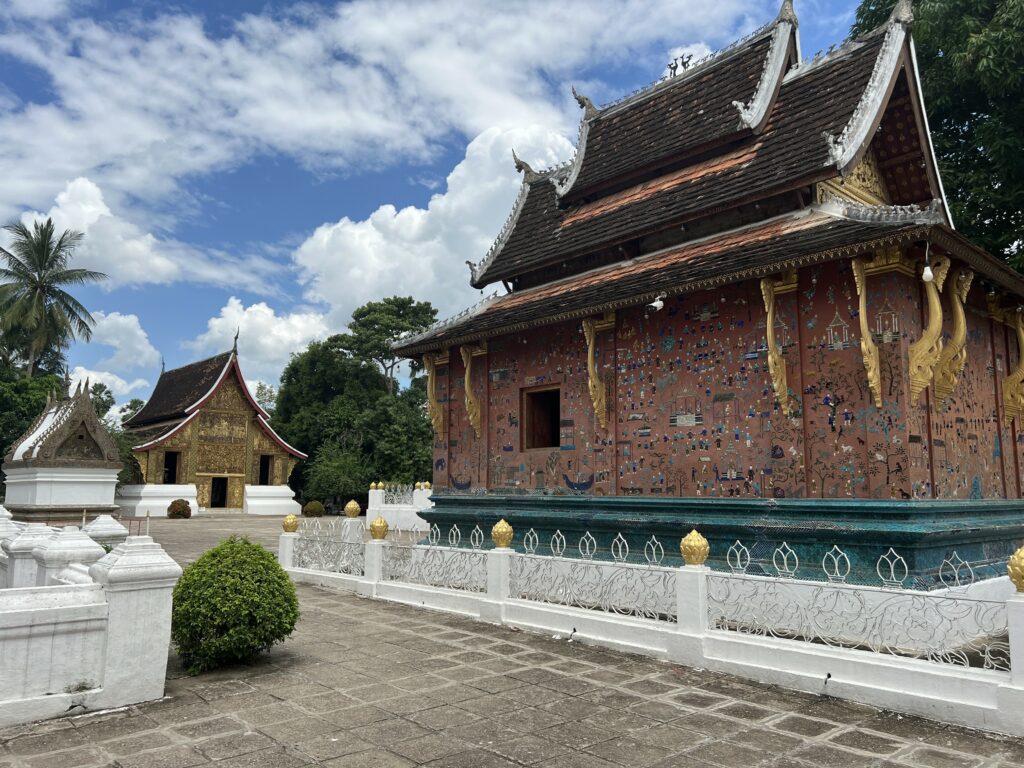
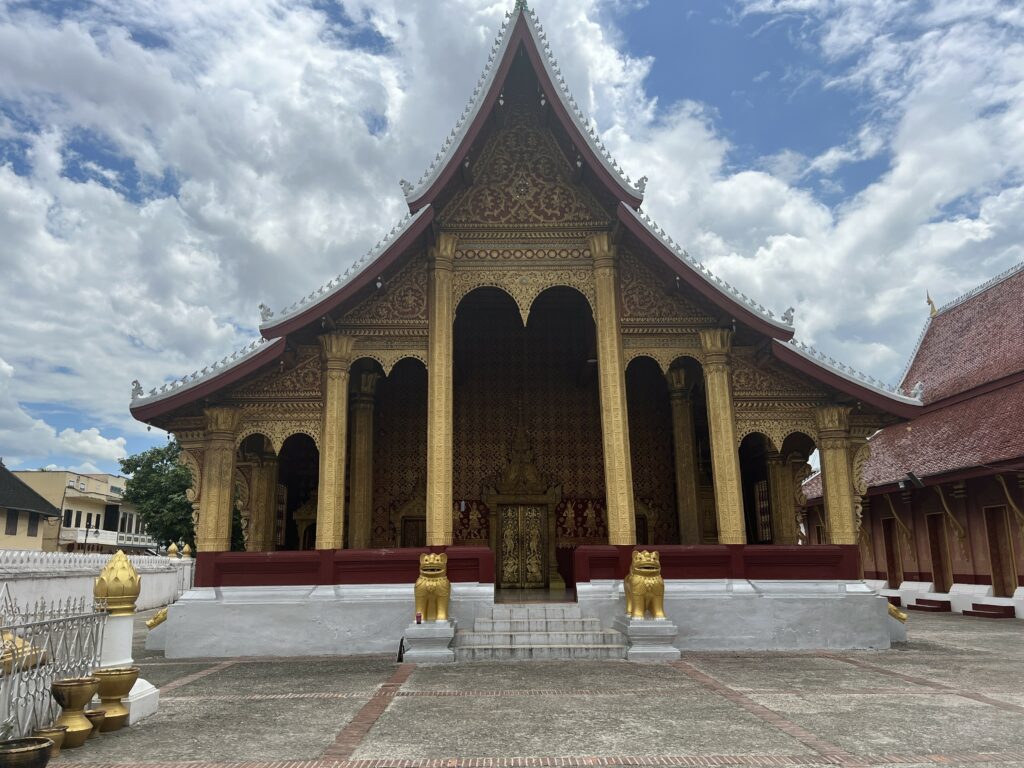
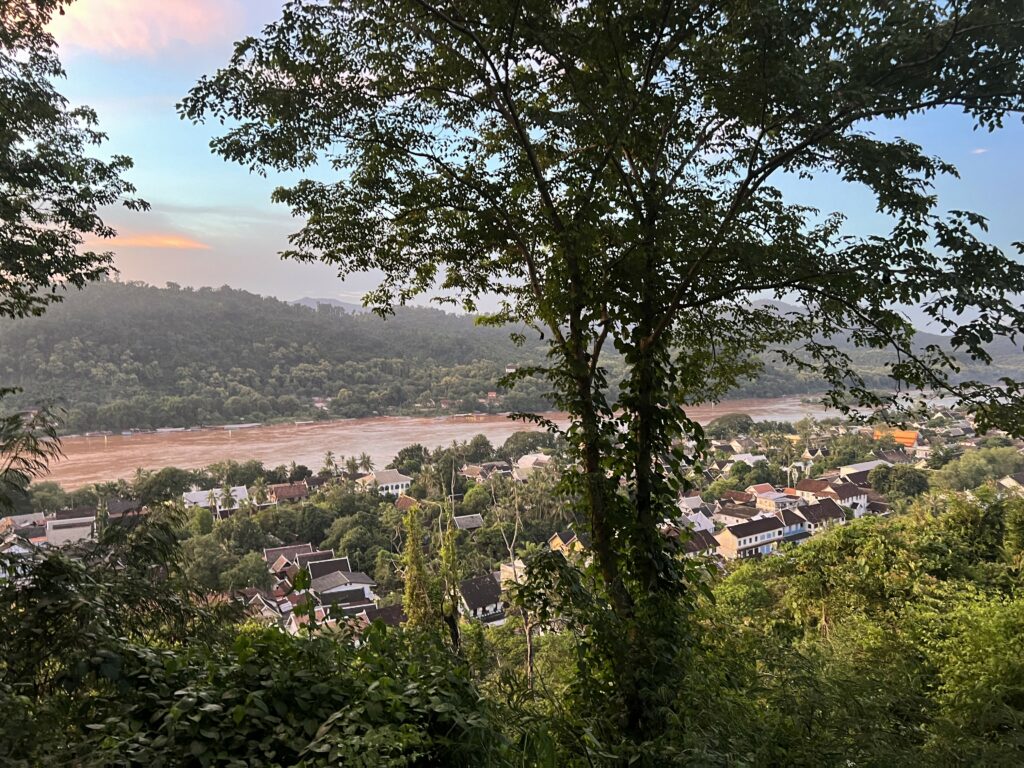
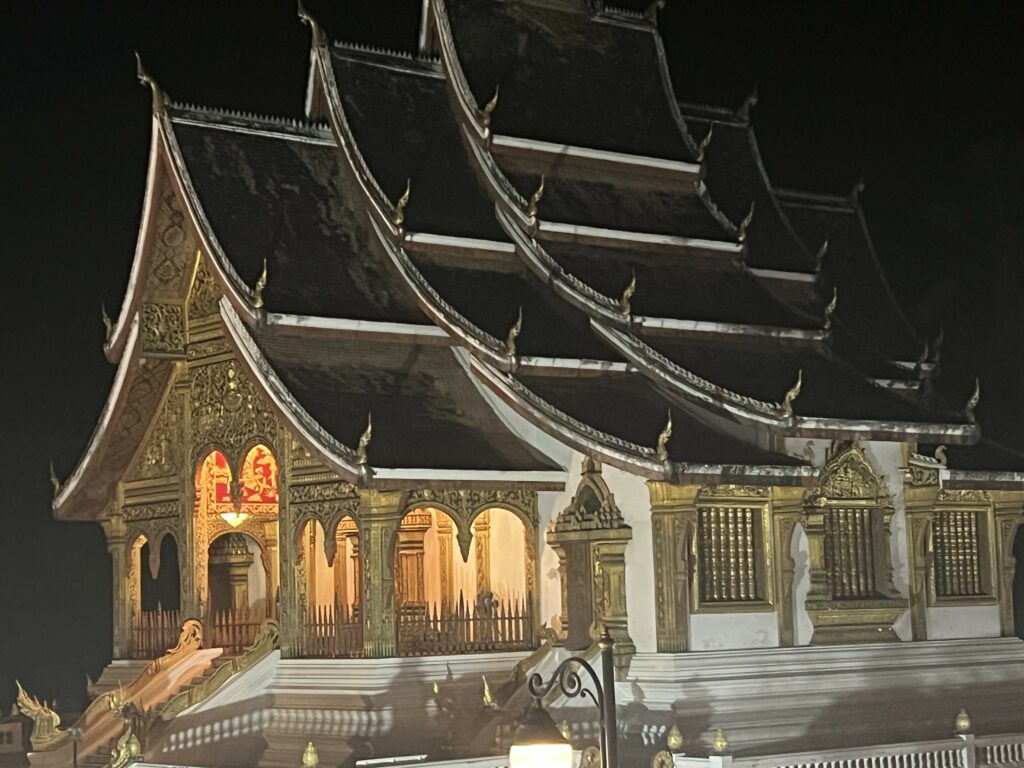
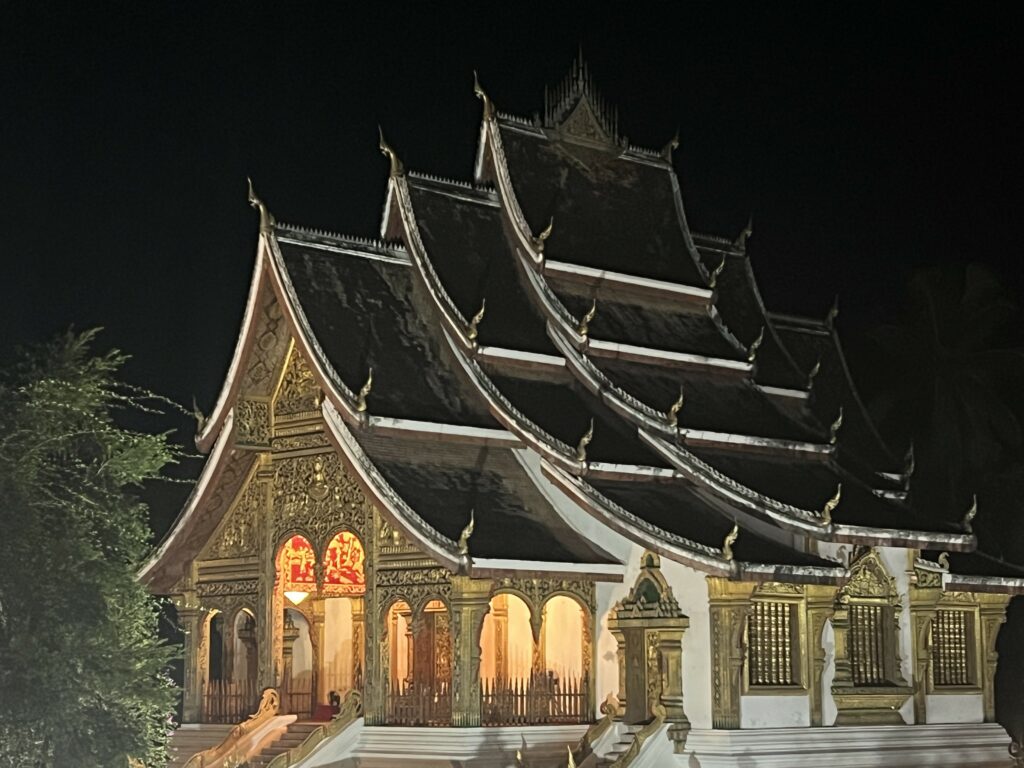
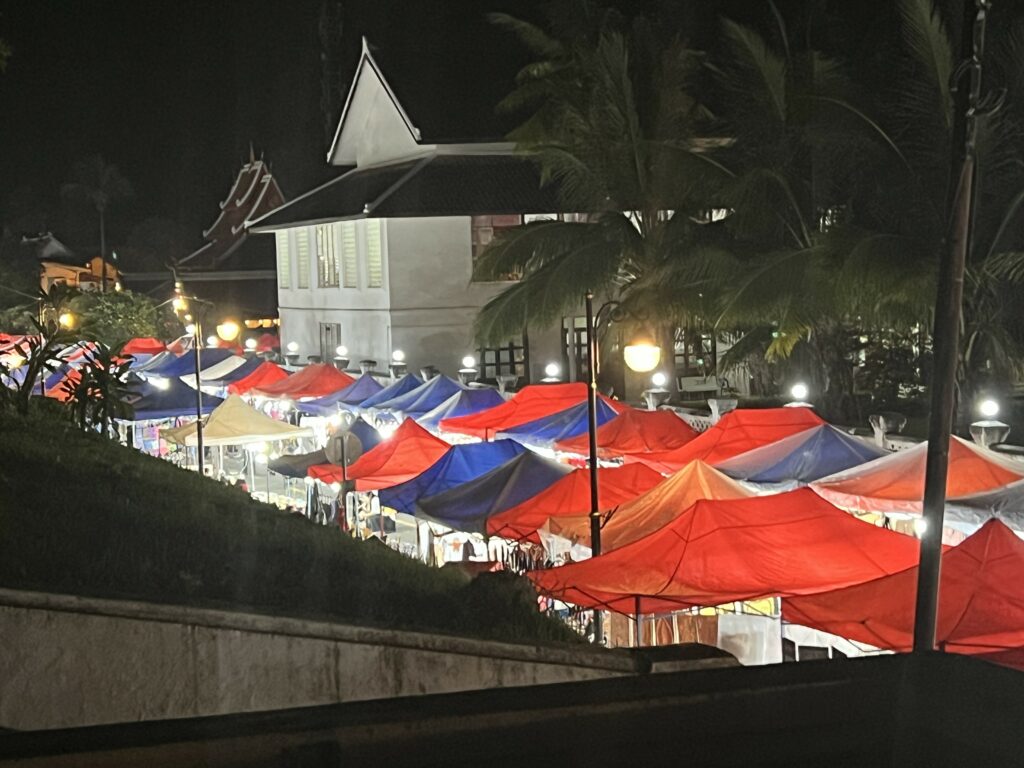
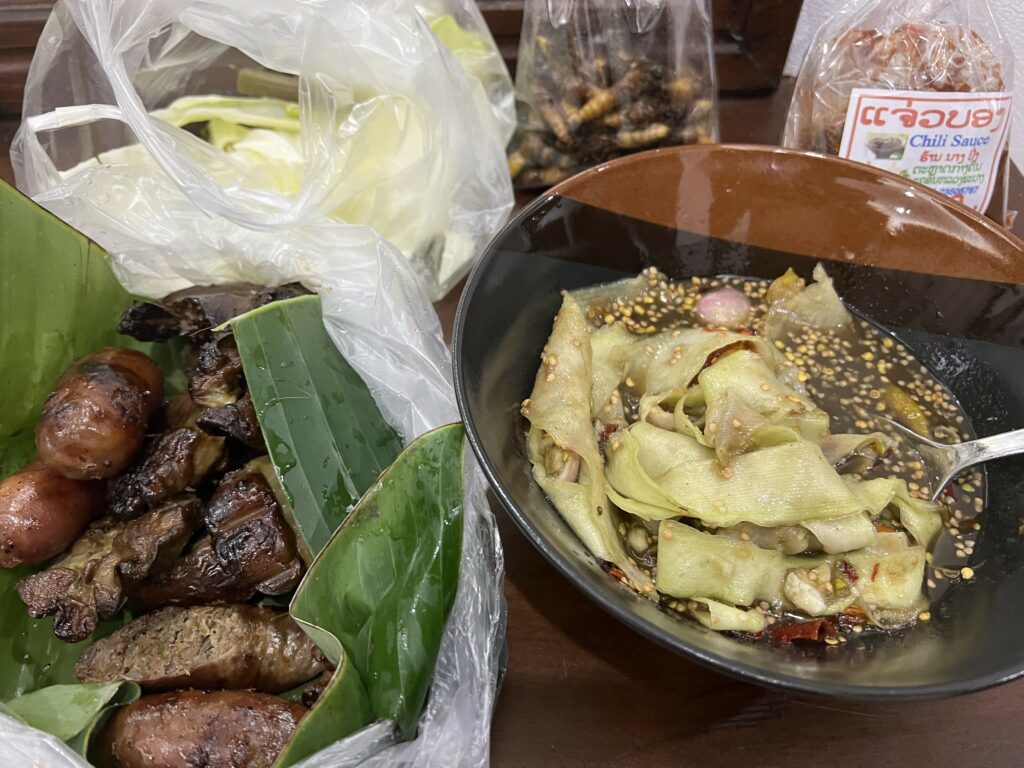
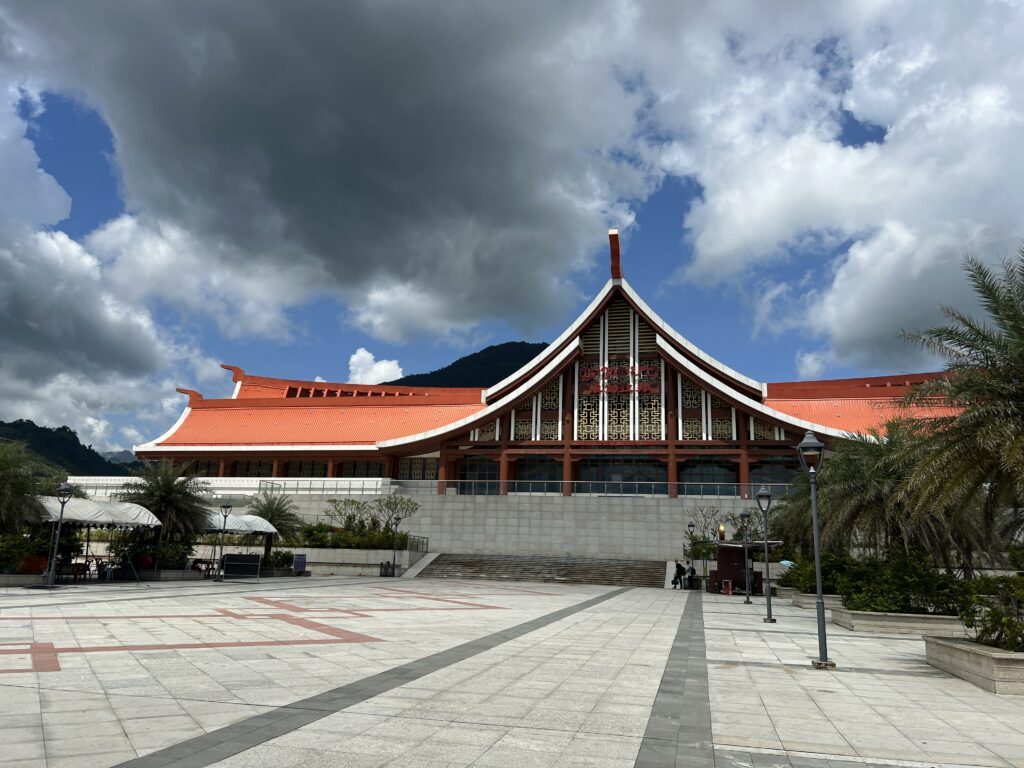
360 PHOTOS
